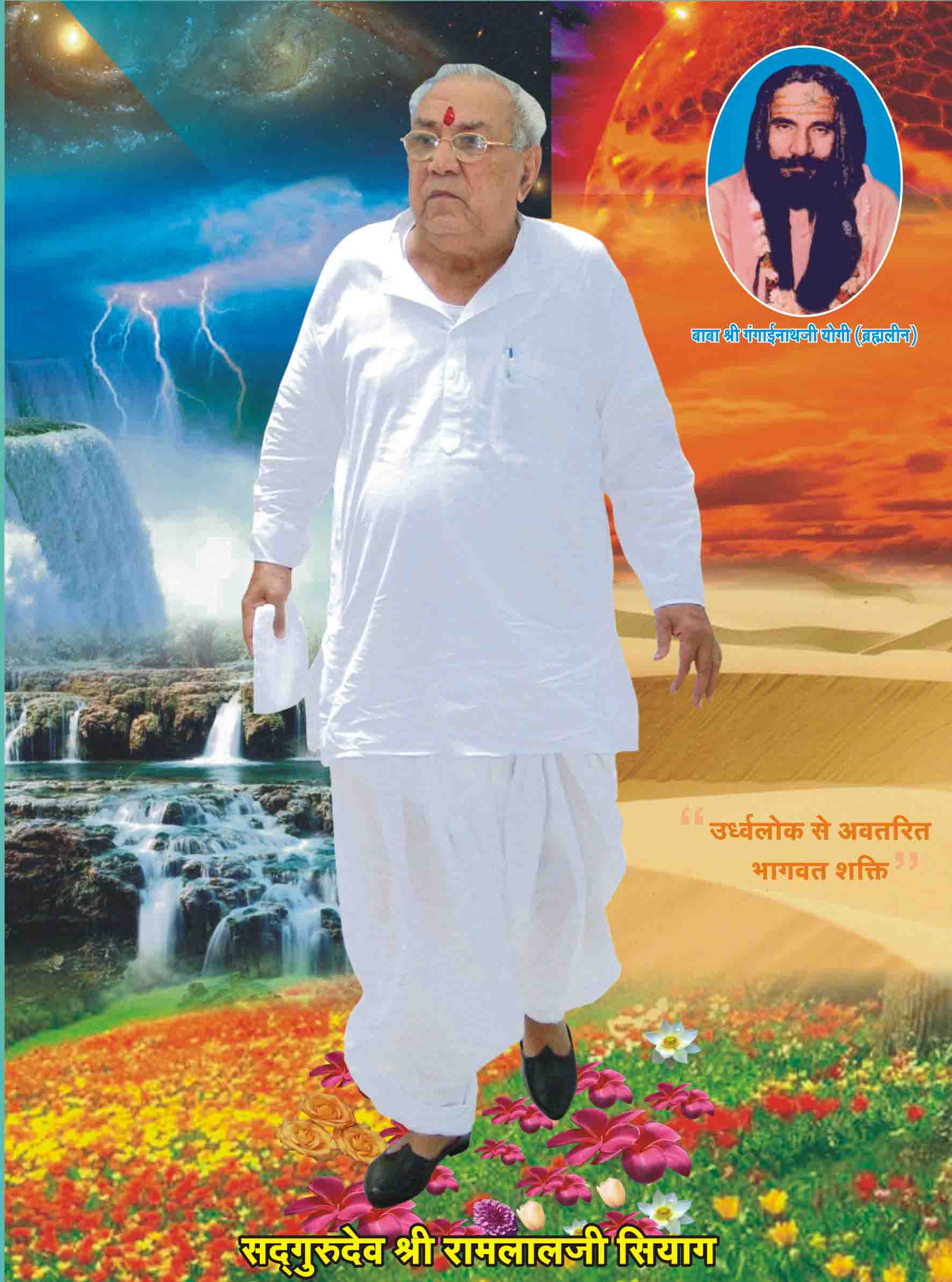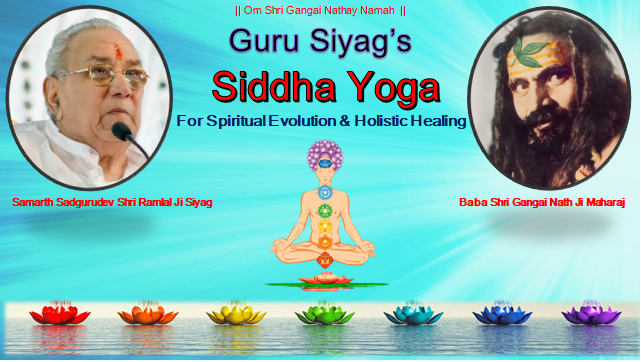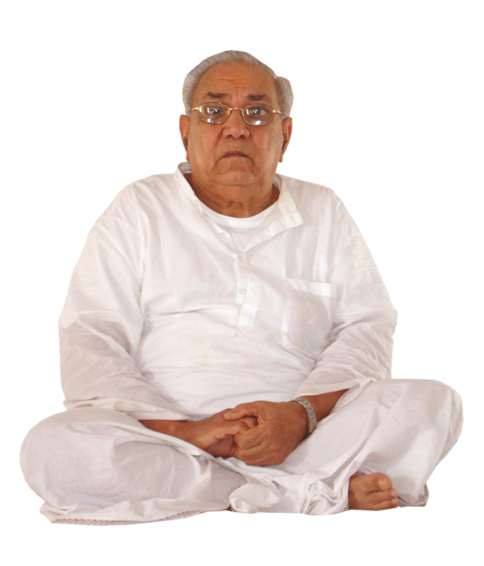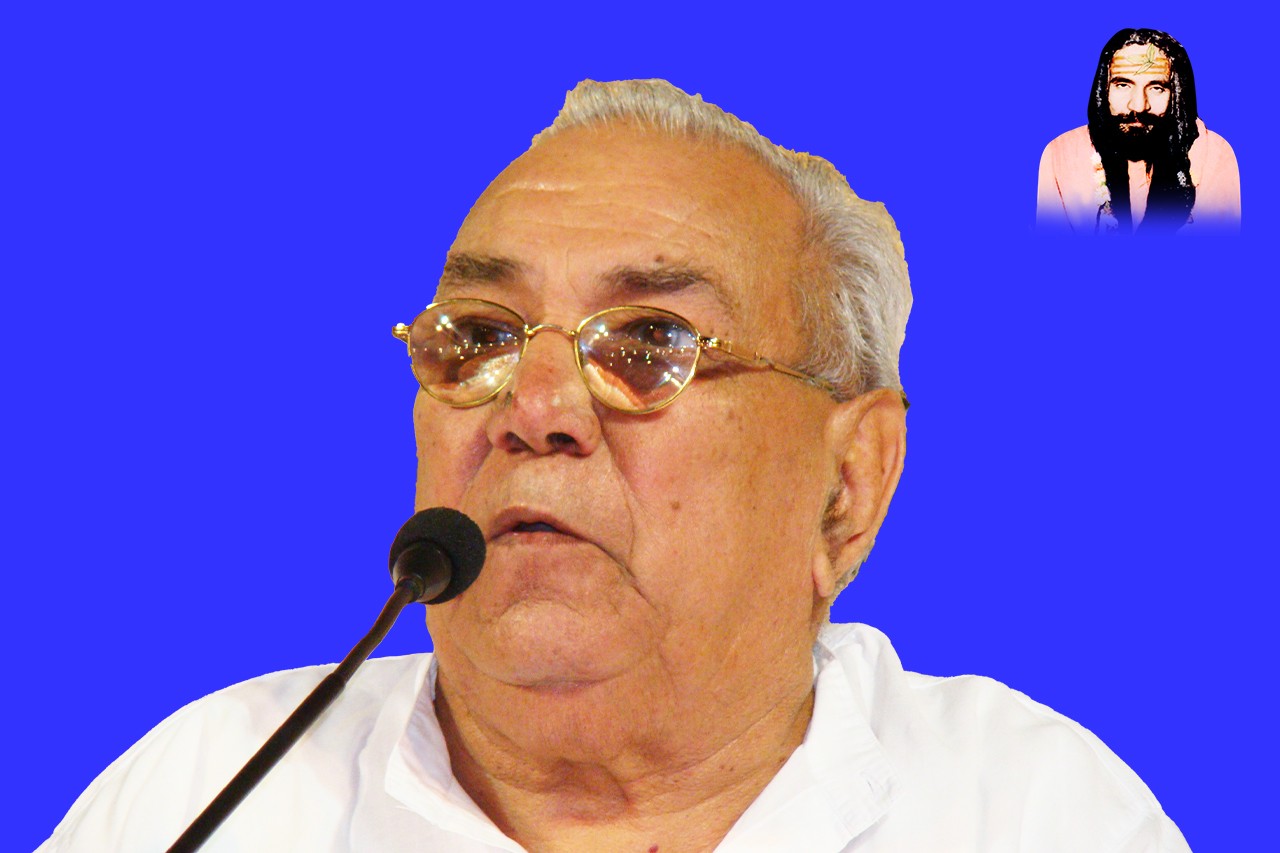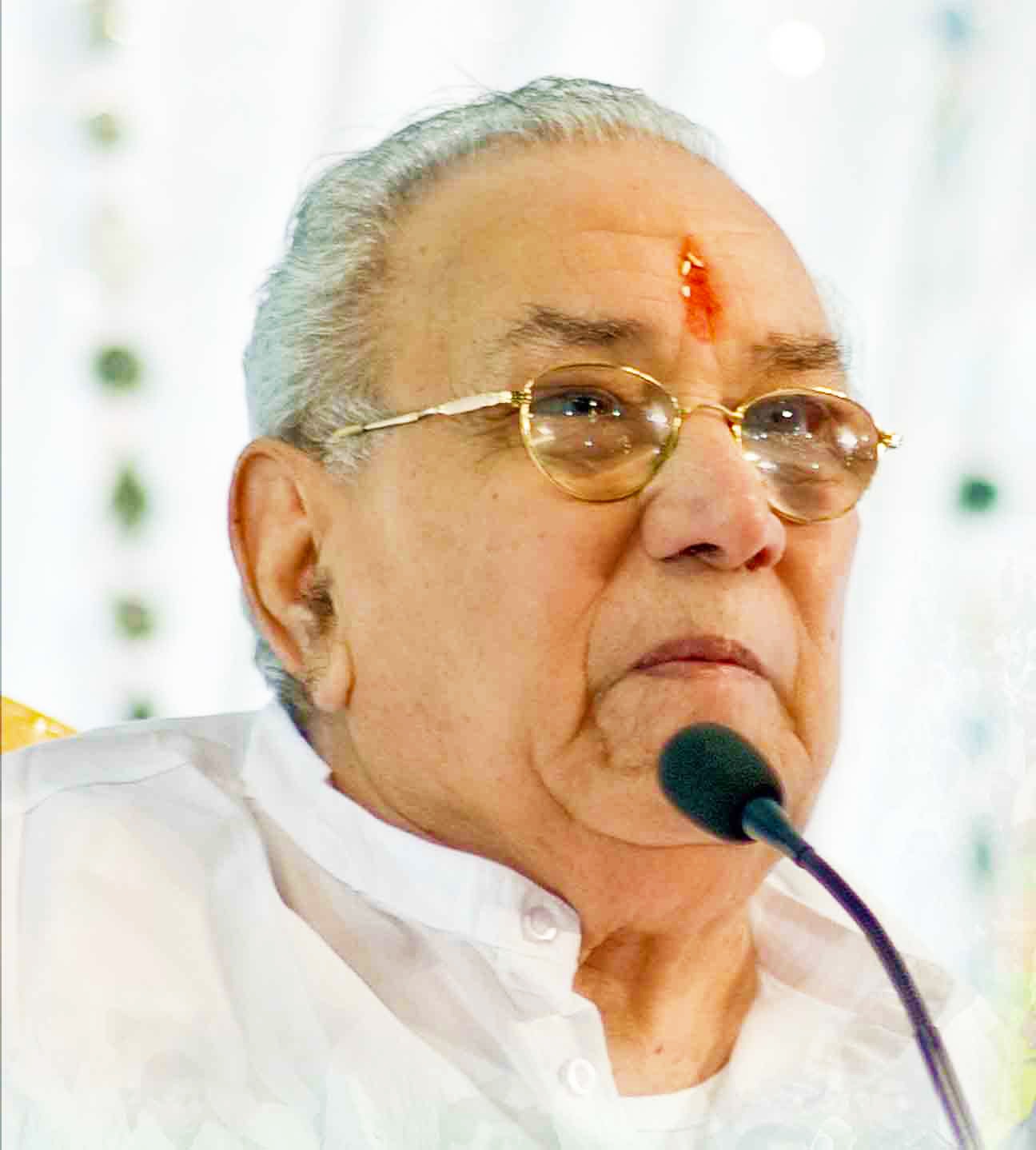Sanjivani means Life Giving: The Spiritual and Healing Significance of Mantras
Table of Contents
Sanjivani Means Life Giving, The Sanjeevani Mantra, deeply rooted in ancient Vedic traditions and popularized through various spiritual practices, is revered as a potent tool for holistic healing and spiritual transformation. Associated with the mythical Sanjeevani herb from the Ramayana, which is believed to restore life, this mantra is celebrated for its ability to heal physical ailments, alleviate mental stress, and foster spiritual growth. It is offered through different frameworks, including Gurudev Siyag’s Siddha Yoga and the Sanathana Sanjeevini healing system, each emphasizing its accessibility, simplicity, and profound impact without commercial motives. Below is a detailed summary of its origins, practices, benefits, and global reach, synthesized from multiple authoritative sources while ensuring semantic coherence and removal of redundant information.
Origins and Spiritual Context
The Sanjeevani Mantra draws its significance from Hindu mythology, particularly the Ramayana, where the Sanjeevani herb was used by Hanuman to revive Lakshmana. This concept of life-restoring energy is embodied in the mantra, which is believed to carry divine vibrations capable of healing and rejuvenation. In Gurudev Siyag’s Siddha Yoga, the mantra is a “Beej Mantra” (seed mantra) associated with Radha and Krishna, symbolizing worldly fulfillment and spiritual liberation. It is also linked to Lord Shiva, as described in the Vishnu Puran, where Shiva granted the mantra to Sage Shukracharya for its life-infusing properties, with a caution against misuse for the welfare of humanity.
Core Practices and Methodology
Gurudev Siyag’s Siddha Yoga
- Initiation (Shaktipat Deeksha): Practitioners receive the Sanjeevani Mantra through a spiritual initiation by Gurudev Ramlal Ji Siyag or his disciples, often accompanied by meditating on his image. This process awakens the Kundalini energy, leading to involuntary yogic movements (kriyas) that signify spiritual cleansing.
- Chanting Guidelines: The mantra is chanted silently without moving lips or tongue, integrated into daily activities and meditation sessions (15 minutes, twice daily). No other mantras should be chanted simultaneously to maintain its potency.
- Environment and Tools: Chant the Sanjivani Mantra without using tongue and lips and a focused intention (healing, protection, or spiritual growth) enhance the practice. Devotion and consistency are emphasized as key to unlocking the mantra’s benefits.
Mrit Sanjeevani Mantra
- Ritualistic Approach: The Mrit Sanjeevani Mantra, linked to Lord Shiva, is chanted extensively (21,000 to 125,000 times) during crises to protect against untimely death or severe distress, such as malefic astrological conditions (e.g., Mars or Saturn influences). It requires purity, devotion, and often guidance from a qualified guru or Brahmin priests, as facilitated by organizations like Kashipuram.
- Practical Arrangements: Various Organizations provide ritual materials and priestly support, ensuring proper execution, especially in life-threatening situations.
Benefits and Reported Outcomes
The Sanjeevani Mantra is celebrated for its multifaceted benefits, supported by anecdotal evidence and practitioner testimonials across sources:
- Physical Healing: Numerous accounts highlight recovery from chronic conditions, including cases where medical interventions failed. For instance, a devotee avoided leg amputation, and another recovered from throat cancer after regular chanting and meditation.
- Mental and Emotional Resilience: The mantra reduces stress, anxiety, and emotional turmoil by calming the mind and aligning it with positive vibrations. Practitioners report enhanced focus, inner peace, and emotional stability.
- Spiritual Growth: By awakening Kundalini energy, the mantra facilitates profound spiritual experiences, such as visions of light or the “Anhad Naad” (cosmic sound), leading to self-realization and liberation.
- Protection and Vitality: The Mrit Sanjeevani variant is believed to shield against untimely death and astrological adversities, offering hope and strength in dire circumstances.
- Holistic Wellness: The Sanathana Sai Sanjeevini system promotes overall well-being by balancing bio-energies, similar to Ayurvedic principles, and supports community healing through selfless service.
Scientific perspectives, though limited, suggest that mantra chanting, including the Sanjeevani Mantra, influences the parasympathetic nervous system, reduces stress hormones, and enhances cognitive functions.
Comparative Analysis with Other Healing Mantras
Unlike the Bhaktamar Mantra, which focuses on Jain healing traditions, or the Gayatri Mantra, which emphasizes wisdom and universal harmony, the Sanjeevani Mantra uniquely combines physical healing with spiritual liberation, drawing from both Vedic and yogic traditions. Its non-dogmatic approach in the Sanathana Sai system distinguishes it from ritual-heavy practices like the Mrit Sanjeevani, which requires extensive chanting and priestly guidance.
Practical Recommendations
- For Beginners: Start with Gurudev Siyag’s meditation (15 minutes twice daily) to experience holistic benefits. Dedication, devotion, and regularity can enhance practice.
- For Serious Practitioners: Seek initiation through Siddha Yoga or explore advanced Sanjeevini protocols, such as those incorporating the Mrit Sanjeevani Stotram’s energy field for intensified healing.
- Resources: Visit GuruSiyag.org for Siddha Yoga guidance. YouTube and Pinterest offer supplementary audio-visual aids.
Conclusion
The Sanjeevani Mantra stands as a versatile and powerful spiritual practice, bridging ancient wisdom with modern accessibility. Whether through Gurudev Siyag’s Kundalini-focused Siddha Yoga, or the ritualistic Mrit Sanjeevani, it offers a path to physical healing, emotional balance, and spiritual awakening. Its cost-free, universal approach ensures that anyone, regardless of background, can harness its transformative potential, making it a beacon of hope and holistic well-being in today’s world.
Summary Table
| Aspect | Details |
|---|---|
| Origin | Rooted in Vedic traditions, linked to the Sanjeevani herb from the Ramayana, associated with Lord Shiva, Radha-Krishna, and Gurudev Siyag’s Siddha Yoga. |
| Purpose | Holistic healing (physical, mental, spiritual), Kundalini awakening, protection from untimely death, and spiritual liberation. |
| Key Practices | – Siddha Yoga: Silent chanting without using tongue and lips, 15-minute meditation twice daily using Gurudev Siyag’s image. |
| Benefits | – Physical: Recovery from chronic ailments (e.g., cancer, leg issues). – Mental: Reduced stress, enhanced focus. – Spiritual: Kundalini activation, inner peace, self-realization. – Protective: Shields against astrological adversities. |
| Accessibility | Free, universal, no religious dogma. Available via initiation (Siddha Yoga), online resources (Sanjeevini), or priestly guidance (Mrit Sanjeevani). |
| Tools/Resources | – Siddha Yoga: Gurudev’s photo, mantra works in Guru Siyag voice only – YouTube for audio, Pinterest for visuals. |
| Unique Features | Non-commercial, simple practice, integrates Vedic and yogic principles, supports community healing, and scientifically aligns with stress reduction. |
In Gurudev Siyag’s Siddha Yoga practice, the Sanjeevani Mantra is imparted through Shaktipat Deeksha (spiritual initiation).
Method of Listening and Meditating on the Sanjeevani Mantra
This is a “Beej Mantra” (seed mantra). Just as a tiny banyan seed grows into a vast and expansive tree, the power of this mantra is similarly immeasurable. It is the mantra of Radha and Krishna. The element of Radha grants worldly pleasures, while the element of Krishna bestows liberation. Both enjoyment and liberation go hand in hand in this mantra.
— Gurudev Shri Ramlal Ji Siyag, explaining the significance of the Sanjeevani Mantra
The entire universe, with all its conscious and unconscious entities, is created from a divine sound. The revered Sadguru Shri Ramlal Ji Siyag has been imparting Shaktipat Deeksha through the Sanjeevani Mantra to practitioners for the past 40 years.
The Ramayana describes an incident where, during the battle between Lord Rama and Ravana, Lakshmana was struck by an arrow and fell unconscious. Hanuman brought the Sanjeevani herb, and upon its use, Lakshmana regained consciousness.
Similarly, regular chanting of the Sanjeevani Mantra, as given by Gurudev Siyag, effortlessly liberates practitioners from all kinds of diseases and addictions.
By chanting this mantra, practitioners find relief from incurable physical ailments such as AIDS, cancer, hemophilia, hepatitis B, and mental disorders like depression, fear, anxiety, and insomnia, as well as all forms of addictions. This leads to a sense of boundless peace and positive energy within.
Gurudev has clearly stated that the Sanjeevani Mantra is a living mantra, imbued with the spiritual accomplishments of countless gurus. By chanting it day and night for just a few days, practitioners begin to feel its impact and energy. In his discourses, Gurudev has said that continuous silent chanting of this mantra frees practitioners from diseases deemed incurable by doctors.
Numerous disciples of Gurudev, who were discharged from hospitals with no hope of survival, have fully recovered and are living worry-free lives through the chanting of this mantra. Gurudev attributes their recovery to their faith in him and regular chanting of the Sanjeevani Mantra. Guru Siyag states that his goal is to guide humanity toward the path of liberation, where diseases and worldly troubles are mere obstacles, effortlessly removed through the chanting of this mantra.
Practice Guidelines:
- Chant silently without moving lips or tongue.
- Continue chanting day and night during daily activities and meditation.
- Even while meditating, one should keep chanting the Sanjivani Mantra mentally.
- Do not combine with other mantras or alter its form.
- Maintain exclusivity and purity in practice for optimal results.

